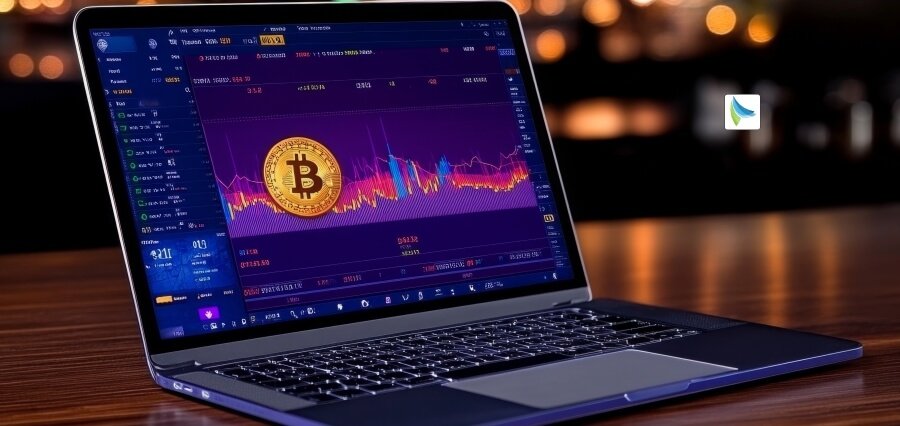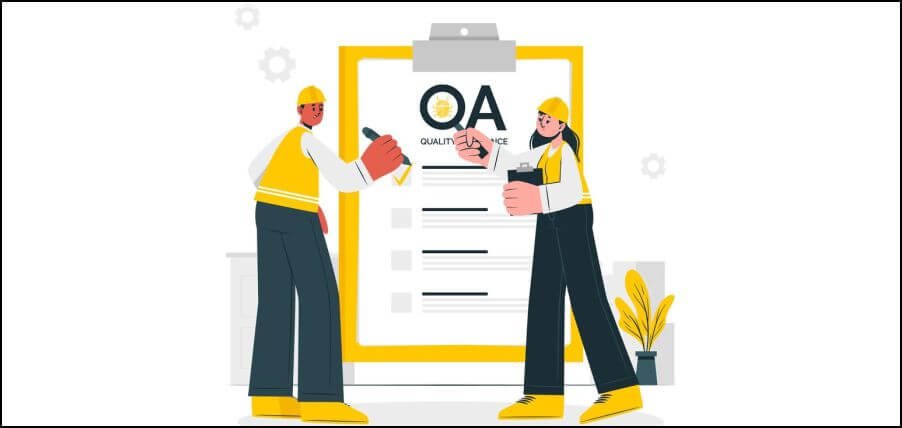In today’s fast-paced and dynamic business environment, ensuring productivity, security, and compliance has become more critical than ever. One solution that has gained significant traction is Employee Monitoring Software. This powerful tool helps businesses manage their workforce effectively, providing insights into employee activities, enhancing productivity, and ensuring compliance with various regulations.
Employee Monitoring Software Overview
Employee Monitoring Software is a digital solution designed to track and monitor employee activities within an organization. Its primary role is to provide managers with real-time data on how employees are spending their time, what applications and websites they are using, and their overall productivity levels. This software plays a pivotal role in modern businesses by:
- Improving Productivity: By tracking time and activities, it helps identify inefficiencies and areas where employees can improve.
- Enhancing Security: It monitors for any unauthorized access to sensitive data or unusual activities that could indicate security breaches.
- Ensuring Compliance: It helps businesses adhere to industry regulations and internal policies by providing detailed reports and logs.
Key Features of Employee Monitoring Software
Employee Monitoring Software comes with a range of features that make it an invaluable tool for businesses:
- Time Tracking: This feature records the amount of time employees spend on various tasks and projects, helping managers understand work patterns and productivity.
- Screen Monitoring: Captures screenshots or records screen activity to provide insights into how employees are using their devices during work hours.
- Activity Logging: Keeps a detailed log of applications used, websites visited, and files accessed, allowing for comprehensive activity analysis.
- Reporting: Generates detailed reports that help managers make informed decisions based on accurate data.
These features collectively enhance management and decision-making, enabling businesses to optimize their operations and achieve better outcomes.
Benefits of Using Employee Monitoring Software
The implementation of Employee Monitoring Software offers numerous benefits for both employers and employees:
- Increased Productivity: By identifying inefficiencies and areas for improvement, businesses can enhance overall productivity.
- Reduced Operational Costs: Monitoring software helps identify unnecessary expenses and optimize resource allocation.
- Improved Remote Work Management: Especially relevant in today’s remote work culture, it ensures that remote employees remain productive and engaged.
For employees, this software can provide clear expectations and feedback, helping them improve their performance and career development.
Compliance and Privacy
One of the major concerns with Employee Monitoring Software is privacy. It’s essential for businesses to address these concerns by ensuring compliance with data protection laws. Ethical and legal use of monitoring tools involves:
- Transparency: Clearly communicating to employees about the monitoring practices and the reasons behind them.
- Consent: Obtaining consent from employees before implementing monitoring measures.
- Data Security: Ensuring that collected data is stored securely and used only for legitimate business purposes.
By adhering to these principles, businesses can use Employee Monitoring tools ethically and legally, fostering a trustworthy work environment.
Use Cases of Employee Monitoring Software
Different industries and businesses can benefit from Employee Monitoring Software in various ways:
- Remote Work Management: Helps manage remote teams by tracking their activities and ensuring they stay productive.
- Project Tracking: Provides insights into project progress and resource allocation, helping managers keep projects on track.
- Time Optimization: Identifies time-wasting activities and helps employees optimize their work schedules.
Real-world examples include IT companies using monitoring software to secure sensitive data, call centers tracking employee performance, and educational institutions ensuring compliance with online learning protocols.
Choosing the Right Employee Monitoring Software
Selecting the most suitable Employee Monitoring Software for specific business needs involves considering several factors:
- Scalability: The software should be able to grow with the business.
- Integrations: Compatibility with existing tools and systems is crucial for seamless operation.
- User-Friendliness: The interface should be intuitive and easy to use for both managers and employees.
Evaluating these factors will help businesses choose a monitoring tool that aligns with their goals and requirements.
Implementation Best Practices
Implementing Employee Monitoring Software successfully requires a strategic approach:
- Clear Communication: Inform employees about the monitoring practices, the purpose behind them, and how the collected data will be used.
- Training: Provide adequate training to ensure that employees understand how to use the software effectively.
- Feedback: Use the insights gained from the software to provide constructive feedback to employees.
These practices will help integrate the monitoring tool smoothly into the organization, maximizing its benefits.
Trends and Future Outlook
The landscape of Employee Monitoring Software is continuously evolving. Current trends and emerging technologies include:
- AI and Machine Learning: These technologies are being integrated to provide more accurate and insightful data analysis.
- Cloud-Based Solutions: Offering flexibility and accessibility, cloud-based monitoring tools are becoming increasingly popular.
- Enhanced Security Features: With rising cyber threats, advanced security features are being incorporated to safeguard sensitive information.
As work environments continue to change, Employee Monitoring Software will adapt to meet new challenges, ensuring businesses can maintain productivity, security, and compliance.
In conclusion, Employee Monitoring Software is an essential tool for modern businesses aiming to enhance productivity, security, and compliance. By understanding its features, benefits, and best practices for implementation, businesses can leverage this software to achieve their goals. As technology advances, these tools will continue to evolve, providing even more value to organizations worldwide.














